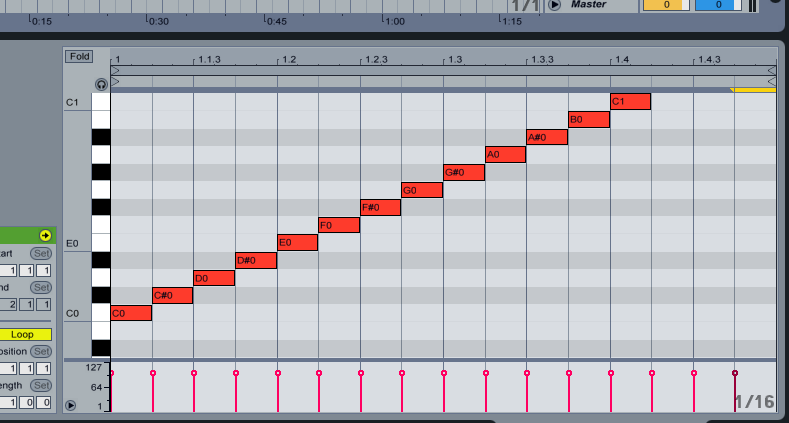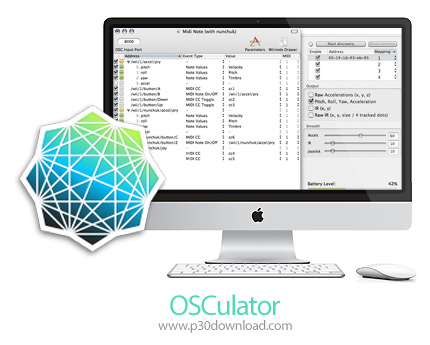

If you're connected properly, you'll see an indicator in the upper right (the Mix 16 configuration works in landscape mode) of the TouchOSC screen, flashing green. The option is on the first panel of the preferences, titled "Flash activity lights." If you haven't already started TouchOSC with the above settings at this point, load it up now. it helps a lot with setup and you can disable them later if they cause a performance hit. Double check, though, and make sure they're on. Set it to 3333 (or whichever port you chose for "outgoing" in TouchOSC).īy default, the signal indicators in OSCulator are set to light up when receiving. Once the template is open, you'll see a port setting in the upper left corner of the window. Open the Mix 16 template (or something less complicated, if you choose) in OSCulator, either by double clicking or by using File -> Open.

Once you've got it, registered or not, you can open up the templates found at the TouchOSC site, almost at the bottom of the page under the OSCulator heading. It will nag incessantly until you buy it, which I tend to frown on, but I quickly found it vital enough to be worth a donation.
OSCULATOR LICENSE LICENSE
OSCulator is shareware, and you can choose how much to donate to get a license (minimum $19USD). Additionally, you can reroute signals as OSC or MIDI, and even trigger AppleScripts.

OSCULATOR LICENSE SOFTWARE
It can interface with any MIDI software or hardware you've got, translating the OSC signals into MIDI controller commands (CC) or notes. OSCulator works with a variety of hardware and software devices, including the Nintendo Wiimote, if you've got one handy.
OSCULATOR LICENSE PRO
OSCulator is the software I used on my MacBook Pro to translate the incoming OSC signals to MIDI controls. I'm working with "Mix 16", but any of the layouts will work with this setup. At the bottom of the configuration panel, you can choose a layout for the controller. I used my bonjour address (mbpro.local) as the Host, and the OSC standard (I think) ports : 3333 for outgoing and 8000 for incoming. TouchOSC can both send and receive, so there are two port settings. When you first launch it, you get a configuration panel where you can set your host and communication ports. You can pick up TouchOSC in the App Store for $3.99USD. Not now Turn on Turned on Turn onĪn overview of the controller configurations in TouchOSC can be found in the gallery below. You can disable notifications at any time in your settings menu. I'm sure the same methods can be applied to other software, with a little variation. I thought I'd offer a quick rundown of the steps I used to get from TouchOSC to Logic. It communicates wirelessly with software and hardware which can receive and send the OSC protocol. TouchOSC provides an array of control screens consisting of faders, rotary controls, buttons, toggles, XY pads, multi-faders/toggles and LEDs in various configurations. One stood out for me, though, and TouchOSC has officially become part of my home studio setup. I've played with the lineup of controllers such as OSCemote and Mrmr (iTunes link), and both of those are a lot of fun with a good amount of potential. It was a few weeks before I discovered the available OpenSound Control ( OSC) apps in the App Store. Problematically, I'm a fan of Logic Pro, and these intriguing but mostly Logic-incompatible controllers weren't up to snuff for my personal needs. When the various iTouchMidi controllers were released, I got pretty excited. I've been playing around with the various musical remote controllers available for a while now. While I find many of the instruments to be novelties, the iPhone-based remote controls available for various Digital Audio Workstations have really caught my attention. The App Store is somewhat deluged with music-related applications.


 0 kommentar(er)
0 kommentar(er)
